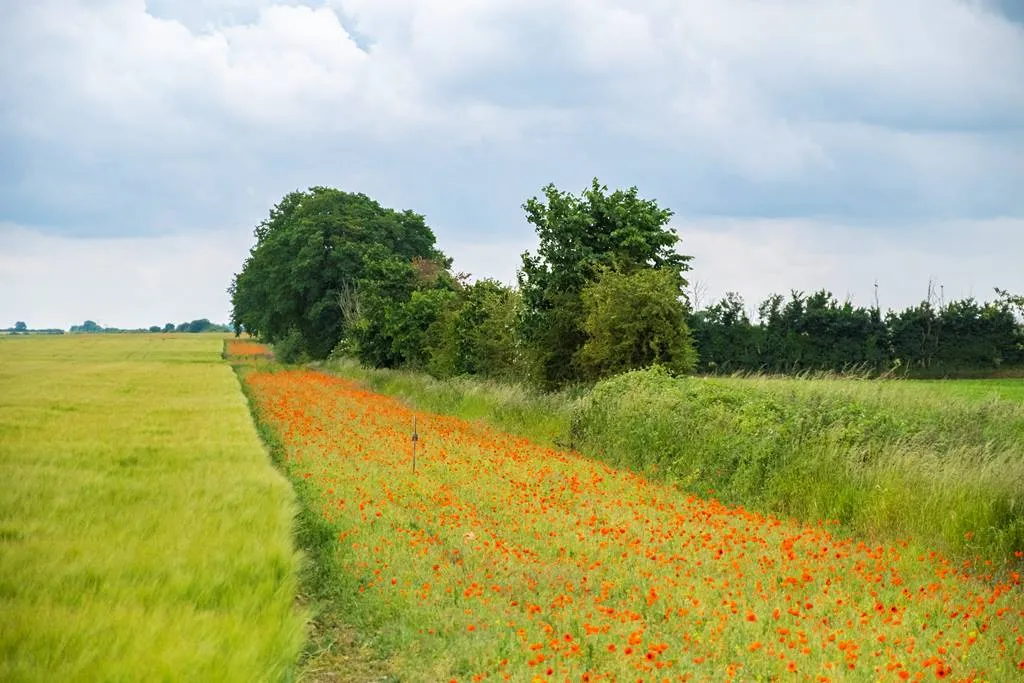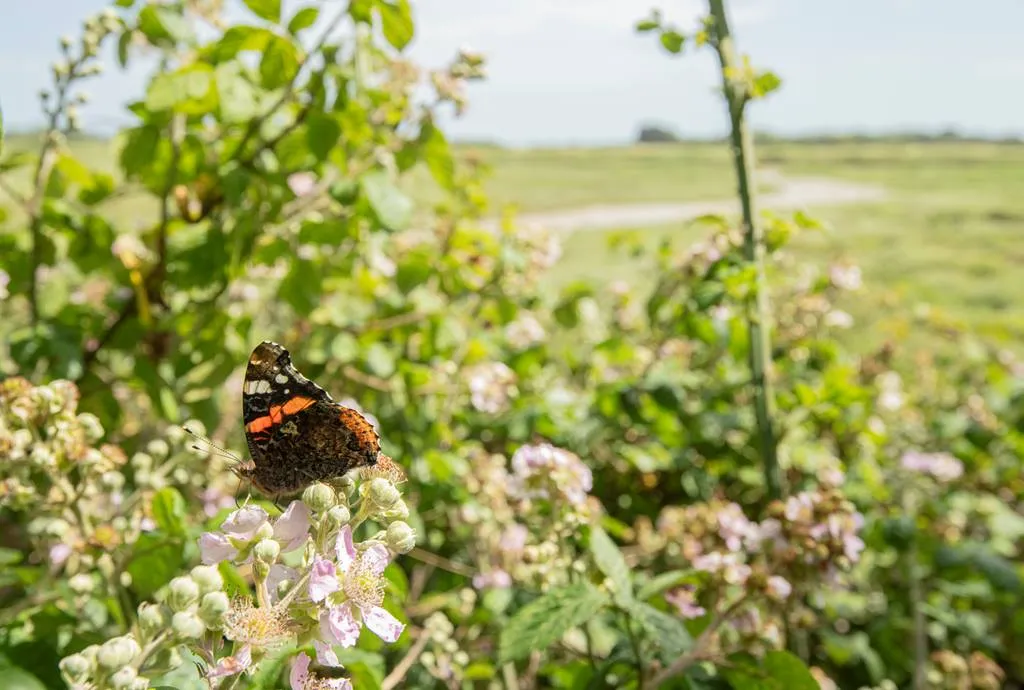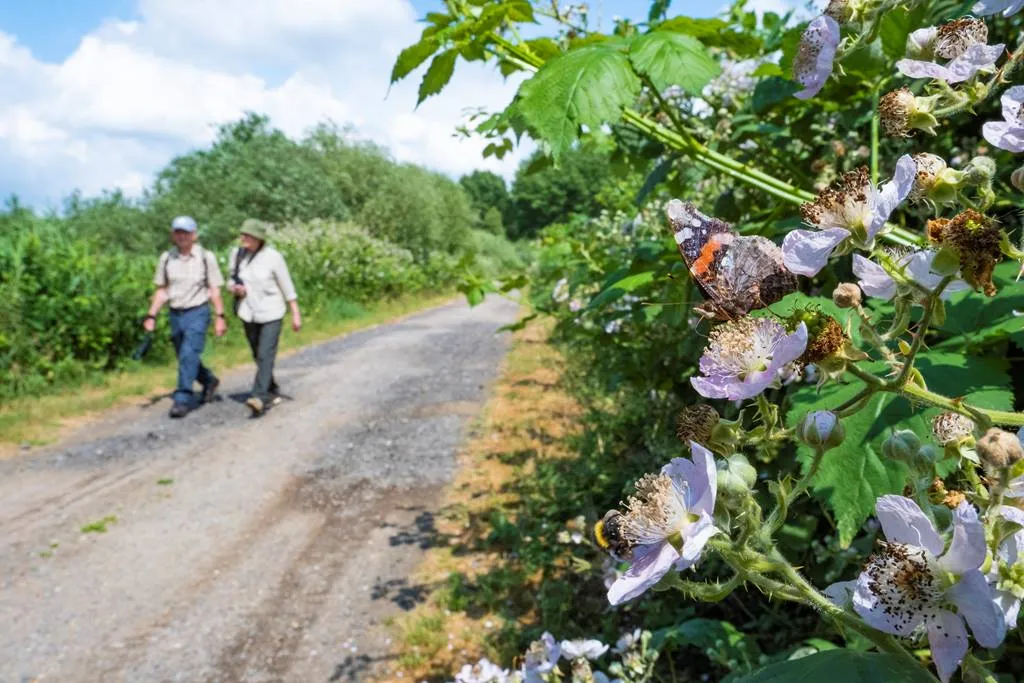News
Win tickets to see the Wild Isles Live Tour
One winner will receive a pair of tickets to join Alastair Fothergill, Wild Isles producer, for an inspiring evening of ...
Good news for hedgerows as the UK Government tabled legislation for crucial protections to be reinstated, marking a win for English wildlife!

If approved by the UK Parliament, the Management of Hedgerows (England) Regulations 2024 will ensure:
After a consultation on hedgerows last year demonstrated overwhelming support for protections, the UK government has now taken the first step to reinstating them in England. They will apply to hedgerows on agricultural land, which offer essential resources for our wildlife such as Linnet, Yellowhammer, Cirl Bunting, and Hazel Dormice. Ensuring green cover free from pesticides and cultivation will provide a crucial habitat for insects and small mammals, whilst a ban on cutting between 1st March and 31st August will protect nesting birds and help some of our most endangered species.
These safeguards were in place for nearly twenty years before they expired in January of this year. Thanks to an overwhelming consultation response, spurred on by organisations such as RSPB and Wild Justice, as well as farmers and thousands of supporters, the UK Government was sent a clear message about the support hedgerow protections have in England. 10,000 supporters then took action as part of our Help Our Hedgerows campaign, calling on their local MPs to support the reinstatement of these safeguards urgently.

RSPB Chief Executive Beccy Speight said:
"Nesting birds, buzzing pollinators and hedgehogs are busying amongst the green leaves and vibrant edges of our hedgerows as we speak. Defra have done the right thing in recognising how important these habitats are not just for nature, but for people and farm businesses too."
Ensuring that the protection of hedgerows, through the no cutting period and mandatory buffer strips, is maintained on agricultural land in England is a big win for nature, and for those who joined us in campaigning for this legislation to be reinstated.
We are, however, in a nature and climate emergency. Our hedgerows are one of England’s crucial habitats and have faced significant decline over the last few decades. It is disappointing that exemptions to these regulations have been replicated, despite strong farmer and public support for not doing so. The reintroduction of these protections is the first step; government needs to continue to ensure our iconic hedgerows, across agricultural land and beyond, can continue to deliver for our wildlife, climate and farm businesses alike.”

The move to bring these protections back is great news, and there’s no time to lose as nesting season is already in full swing. However, it is disappointing that government has not taken this opportunity to strengthen protections. A series of exemptions to these protections will be available, despite strong public and farmers' support for not bringing these back. For example, fields under two hectares and hedgerows under five years will not be required to have a protective buffer strip, despite over 70% of consultation respondents saying no to this exemption, including over 50% of farmers who responded.
This leaves significant lengths of hedgerows unprotected, despite evidence that hedgerows in small fields provide particularly high-quality habitat and connectivity for wildlife. Exemptions also mean forgoing the business, nature and climate wins hedgerows bring to small fields. In most cases, the need for exemptions can be avoided through planning nature-friendly, rotational management of hedgerows.
This news is a step in the right direction for wildlife in England, but there is still more work to be done to extend protections to non-garden hedgerows outside of agricultural land, to ensure hedgerows on different landscapes across the country can continue providing for wildlife and for us.